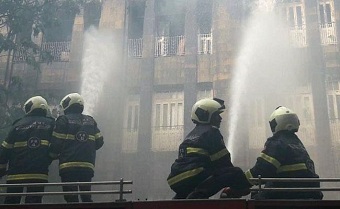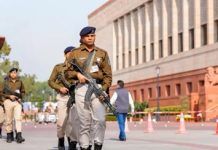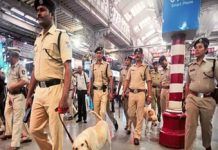The Mumbai Fire Brigade will hold short training sessions with all 227 corporators of Greater Mumbai to create awareness about fire safety, the challenges faced in their respective localities, and how they can be tackled. Brihanmumbai Municipal Corporation (BMC) expects that through corporators, this information will reach party workers, community volunteers, and residents. This is part of BMC’s larger aim to ensure citizens are educated about fire safety.
Suresh Kakani, Additional Municipal Commissioner, in charge of the fire brigade and disaster management departments, said, “The Mumbai Fire Brigade is planning a series of interventions, from the point of view of saving maximum number of lives if there is a fire. It has decided to tweak its inspection, compliance, data maintenance, and awareness creation policies. At the back end, this will involve meticulous maintenance of data, blue prints, permissions, and inspection related documents of buildings.This information will be available online. BMC will hold awareness sessions with elected public representatives to sensitise them about fire hazards in their localities, and design a plan for them to communicate this information to the voters periodically.”
Between 2017 and 2020, 126 persons died in fires across the city, and 849 were injured. As many as 109 fire personnel were also injured in these incidents.
Kakani said there are simple things that need to be followed to ensure inhabitants of a building can safely vacate the building if there is a fire, such as keeping exit ways unobstructed, installing signages pointing at exits, displaying floor plans in a visible location and manner and regularly inspecting if fire safety systems of the building are working.
“After BMC approves the blueprint and gives fire NOC to any establishments, owners should not make internal changes that will divert the original exit pathways,” Kakani added.
He said lack of awareness only adds to the body count. During the Kamala Mills fire, for instance, a lot of people in the restaurant ran into the toilet and locked themselves in, believing smoke would not enter a locked toilet. “Such lack of awareness increases the chances of mortality in fire and needs to be addressed,” Kakani said.
Sessions with elected public representatives will also comprise information about fire safety hazards typical to a locality. For example, the B ward area of Byculla, Bhendi Bazar, has old buildings, many of which do not have in-built fire fighting systems like sprinklers, and smoke detectors. It also has narrow roads and street parking, making it difficult for the fire brigade to access a building during a disaster; similarly, suburban wards have many high-rises that need to inspect their fire fighting systems periodically.








